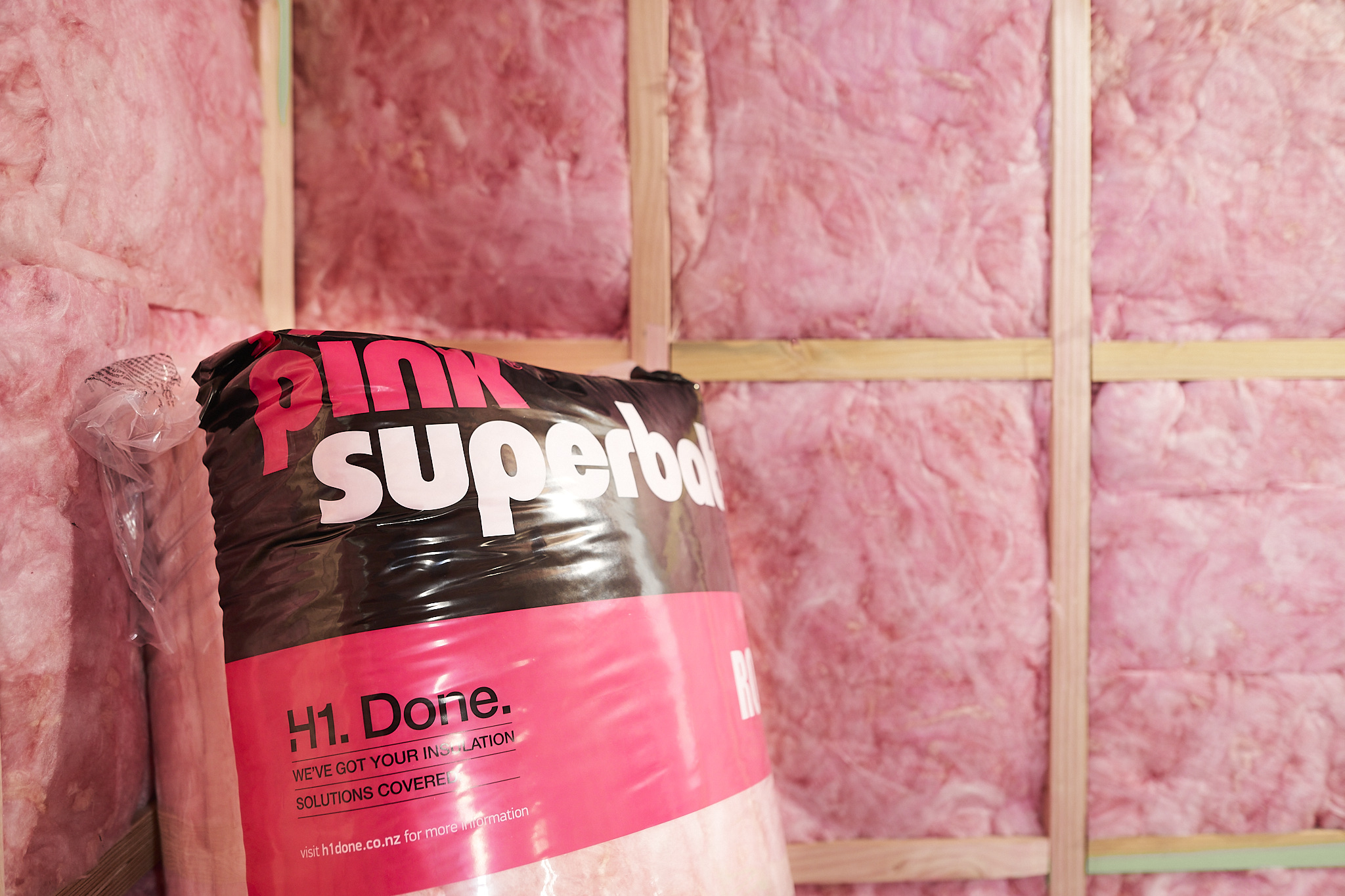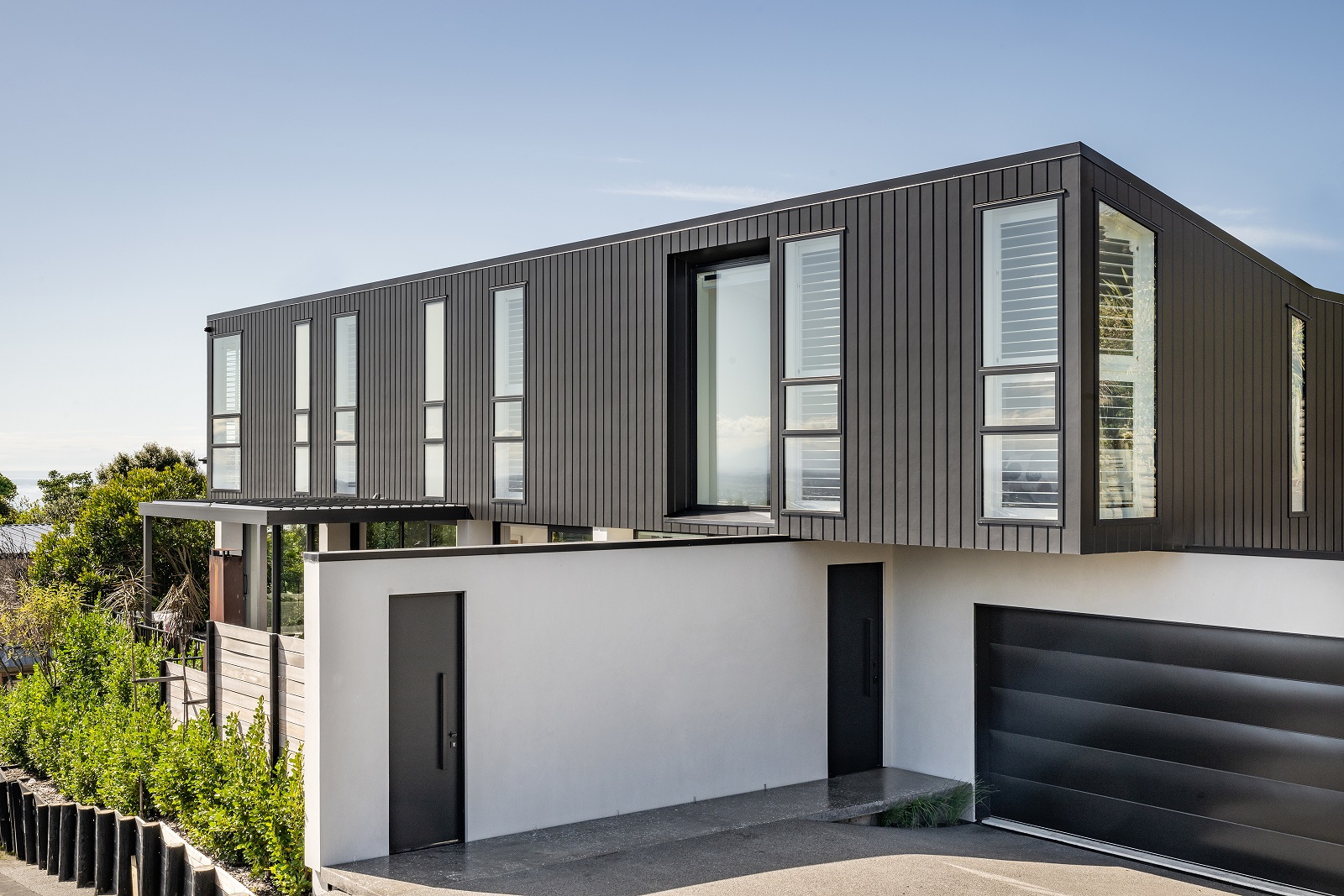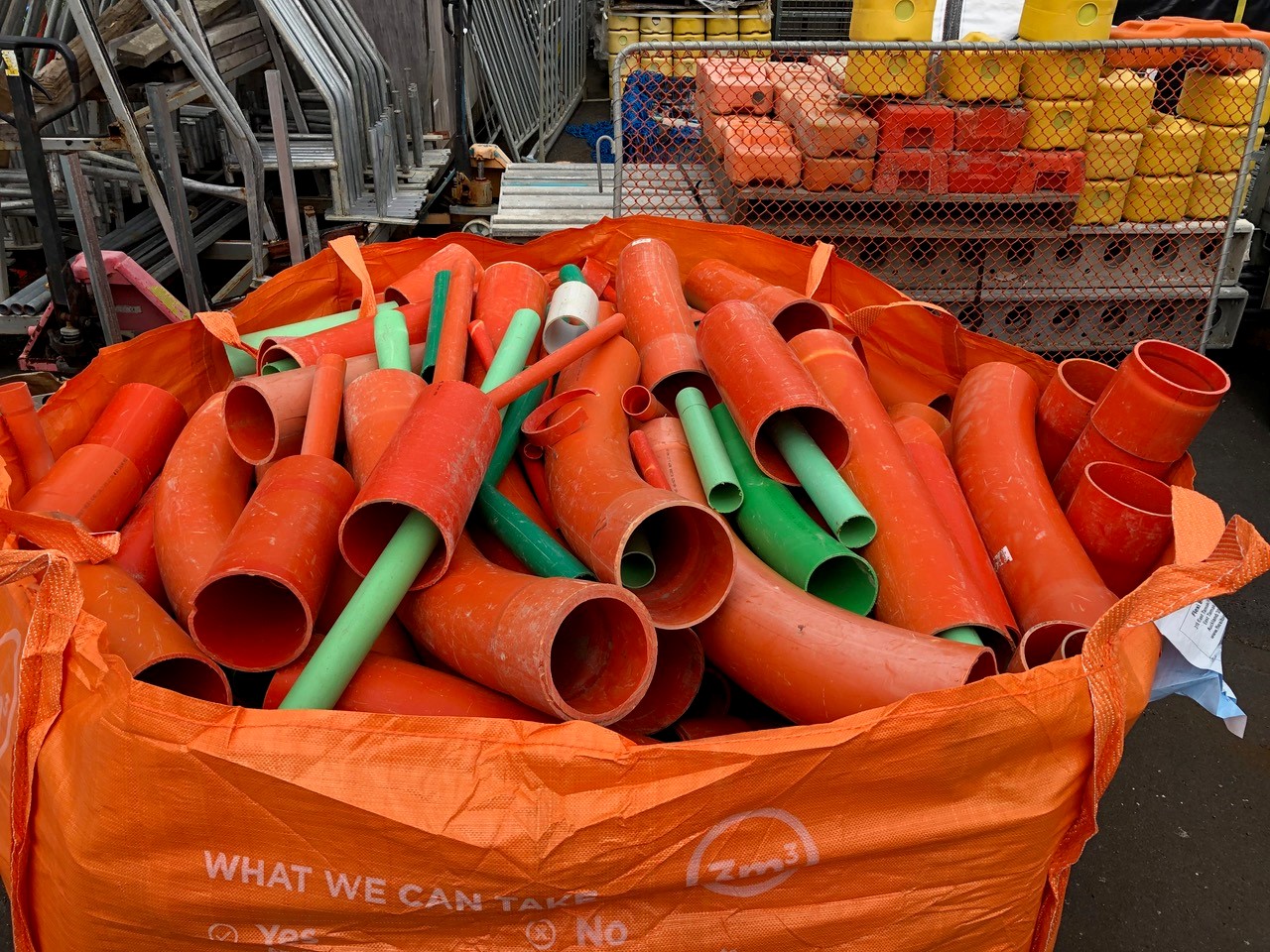There is a silent pollutant that surrounds us every day. The extreme heat used in its production consumes 40% of global energy supplies and accounts for 5% of the world’s CO2 emissions, yet it is the second most consumed substance on Earth after water. It’s cement, an ingredient in concrete, a material indispensable for the fabrication of most manmade structures and thanks to population growth and urbanisation, demand for this product in the construction of new and bigger buildings means its use is growing by 2.5% annually. Efficiency measures such as reducing energy demand through technical and mechanical improvements and switching from carbon intensive fossil fuels to alternatives such as natural gas could significantly reduce the drain cement puts on natural resources. But researchers are finally addressing the other end of the cement lifecycle and turning their attention to the desperate need for energy conscious buildings, building materials and building techniques. The answer may lie in a renewable and sustainable material that actually offers environmental benefits. It helps keeps carbon out of the atmosphere, uses less energy consumption across its lifecycle and provides excellent insulation – and humans have been using it for construction as long as there have been humans. You guessed it, wood. Not without its drawbacks, wood lost its top billing as the dominant building material in the late 1800s mostly because it’s flammable – not something you want in a high storey complex. In the wood-age, nearly every city had its own devastating fire. While the Grenfell Tower fire in London was attributed to combustible cladding and multiple safety violations, it reminds the modern apartment dweller why wood and skyscrapers might not be a good mix. For this and other reasons researchers worldwide are pioneering new techniques to adapt wood to the long term demands of structures in the modern world. Engineers at the University of Maryland have developed a treatment for wood that makes it a strong as titanium alloys. A Japanese Forestry company is planning the tallest wooden living structure in the world, where 90% would be made from cross laminated timber, thin layers of wood criss-crossed and stuck together with fire-resistant glue and as strong as structural steel. If new technologies continue to improve the durability of timber, it will be a more environmentally and economically viable way to replace steel reinforced concrete structures. But there is still the issue of how to hold these exceptionally strong woods together. Because wood is very light, at skyscraper scale you have to consider lateral forces in structural design. There needs to be lots of walls and floors to stop the whole thing blowing over. In living environments this can be resolved with a clever maze of separate rooms, but with commercial properties focused on open spaces, more heavy duty anchoring or maybe a concrete core would be required. So wood isn’t the total answer yet, but at the pace at which things move in the 21st century, it may be very soon. READ MORE>> World Business Council for Sustainable Development
Join over 15,000 construction professionals who receive Industry Insider each month.
Keep up-to-date with the latest product developments and what’s happening across the industry, both here and overseas.
Subscribe



